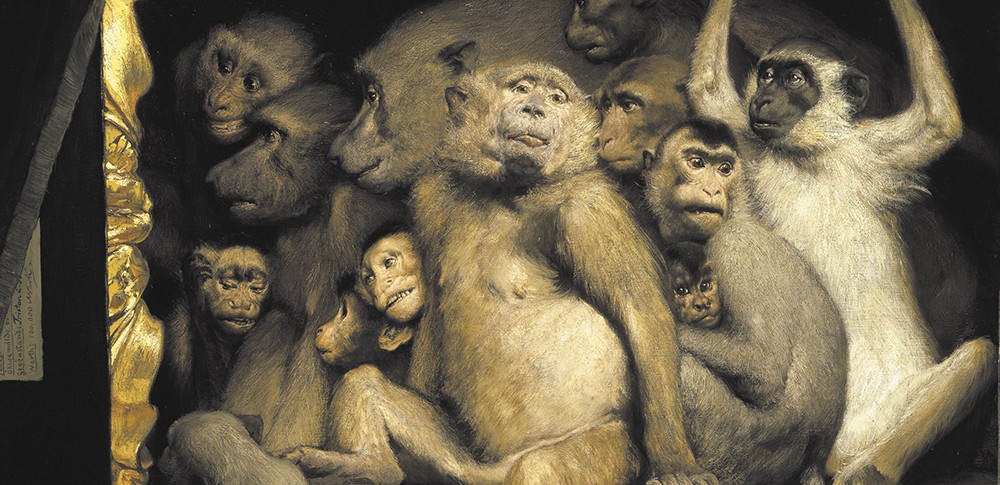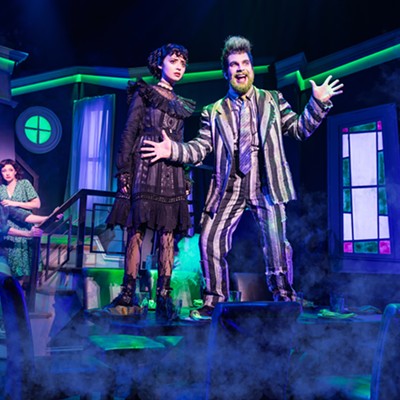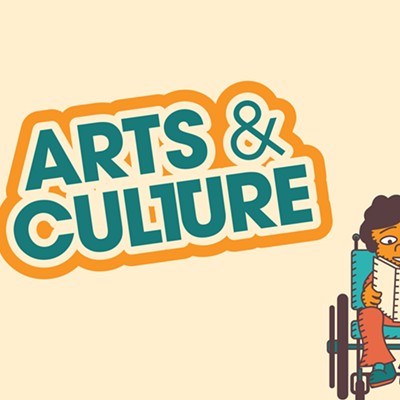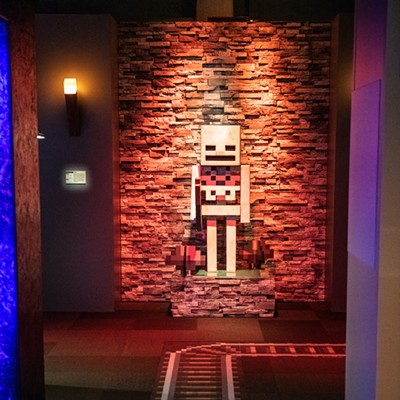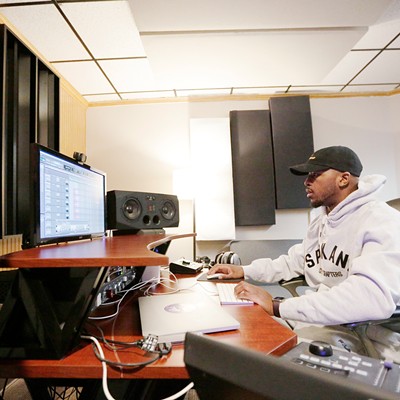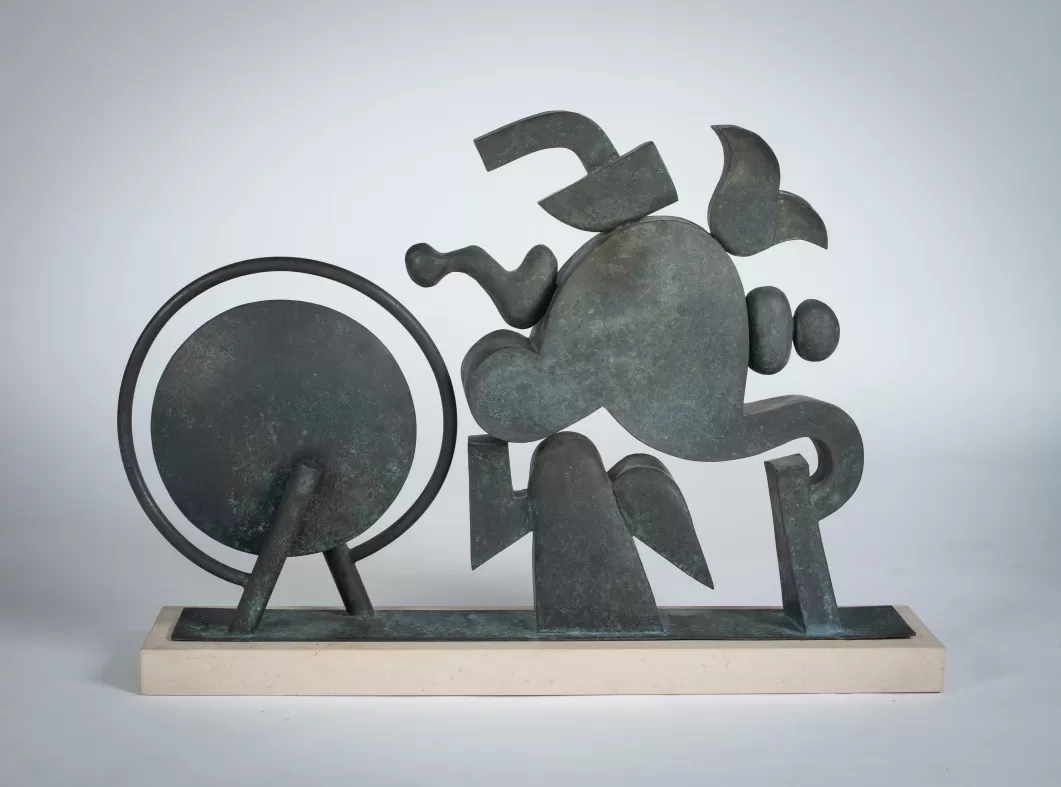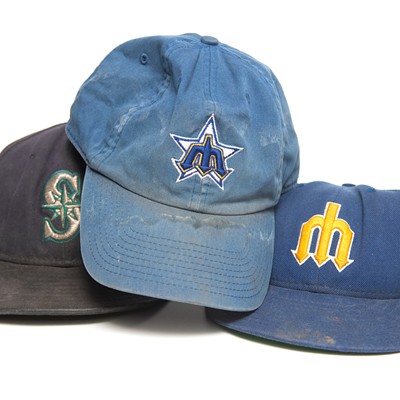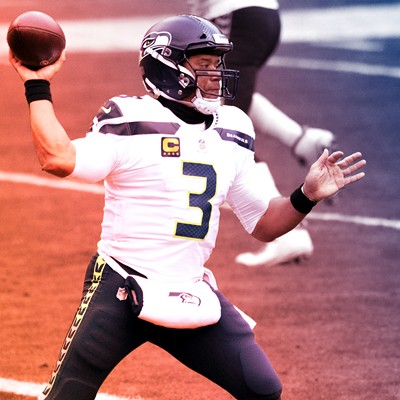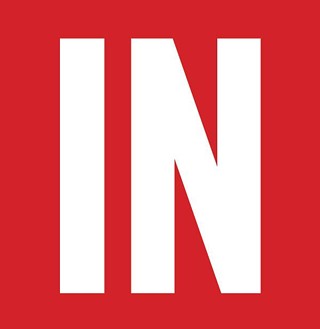There's something missing from the home of John Moredo-Burich, the interim CEO of the Northwest Museum of Arts and Culture. It's his stuffed caribou, affectionately named Bou, who made the move with him from North Carolina, taking shipping priority over Moredo-Burich's car, which wasn't lucky enough to come West.
To see the caribou now, he has to go to work, where Bou is one of the more than 300 animal specimens on display at the MAC's new show, Fangs, Fur and Feathers: The Art of Animals. It began as a collection of artwork featuring animal subjects, but soon Moredo-Burich realized he could add some more three-dimensional living beings — or formerly living — to the exhibit. The idea was to show how animals have long been a subject of artistic wonder.
"Animals have been included in representation art all the way back to the caves of Lascaux, [France]," says Moredo-Burich. "I'm not quite sure the propensity of bucolic pieces occurred in the 18th and 19th centuries, but I'm guessing it was a display of wealth of what people owned, and what they would have owned was a large quantity of animals that would produce meat and milk."
After realizing that the MAC's own natural history collection had thinned over the decades and now features mostly just stuffed birds, Moredo-Burich reached out to the community and was surprised by the response. As word spread, the museum received a vast array of samples from all over the region — including Bou, of course — and a few from beyond. Now, they have everything from butterflies to a bear and large cats.
The exhibit, which takes up two of the museum's galleries, is laid out in a fashion inspired by Moredo-Burich's fascination with the European castles he'd recently been studying in a documentary series. In those castles, animals peer down from high on the walls, complementing the two-dimensional fine art down closer to eye level.
"I want that opulent feeling of magnificence between the artwork and the animals themselves," he says.
The artwork itself, much of it from the Reading Public Museum in Pennsylvania, is not to be overlooked. There are pieces from Francisco José de Goya, Peter Moran and John James Audubon. There's even a drawing from a Koran that dates to the 13th century. On the natural history side, Muredo-Burich wants to expose the public to taxidermy, an art form that may not be around much longer due to the chemicals used in the process, among other reasons.
"Taxidermy is a very high-end art form. It's a changing art form, too. I wanted to include it, because for the general public it might be the last time they see something like this in a museum," he says.
Muredo-Burich also hopes that visitors get a look at species they probably would only see at one of the nation's bigger zoos. Along the way, hopefully people will come to value the creatures, some of which are heading toward extinction or are already gone from the Earth.
"There's already a good sum of them right now that are in trouble," he says. "I kind of think of it as a way of making people aware of the diversity of life that you need to have respect for." ♦
Fangs, Fur and Feathers: The Animals of Art • July 2 through Sept. 4 • Special preview night Fri, July 1, from 5:30 to 8 pm for museum members and STCU members • Northwest Museum of Arts and Culture • 2316 W. First • northwestmuseum.org

